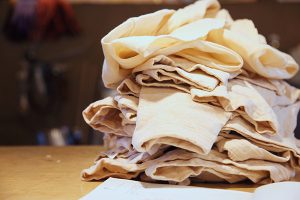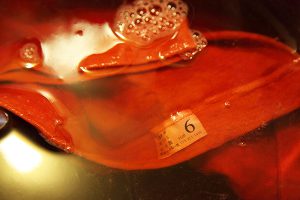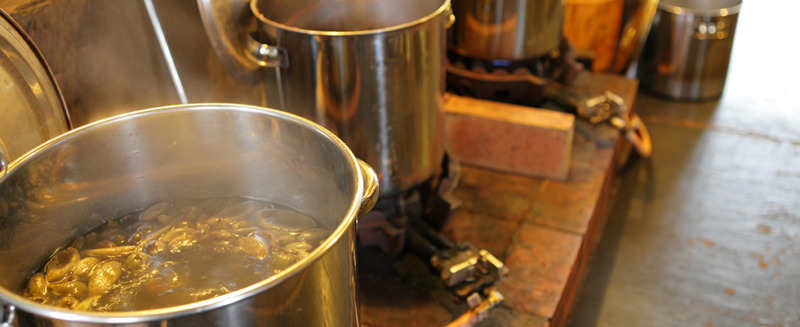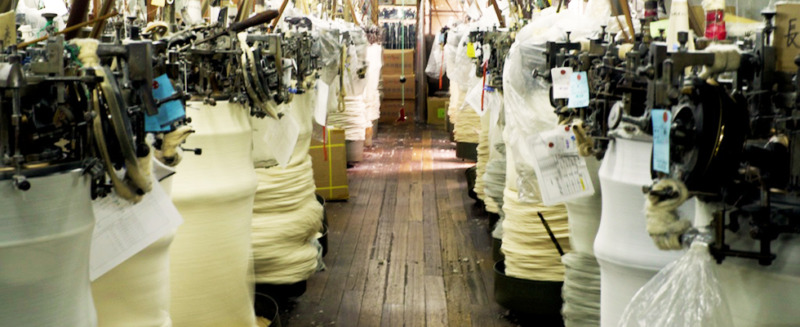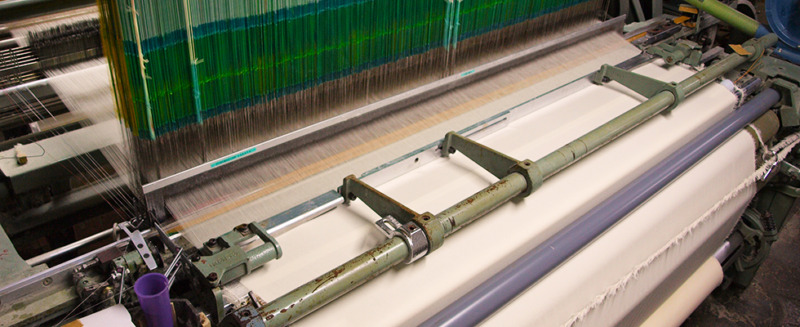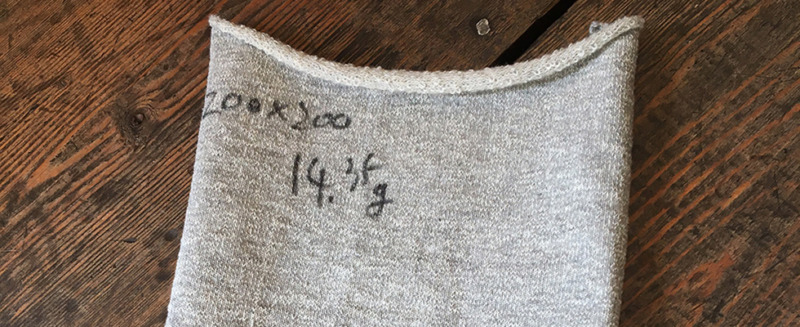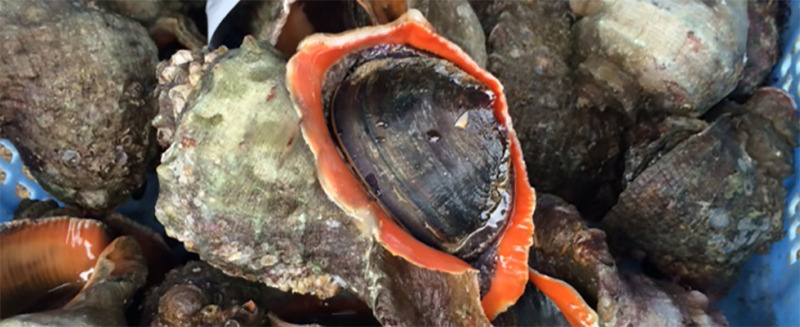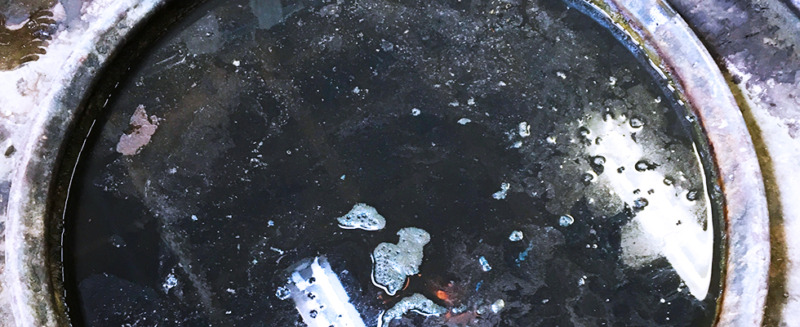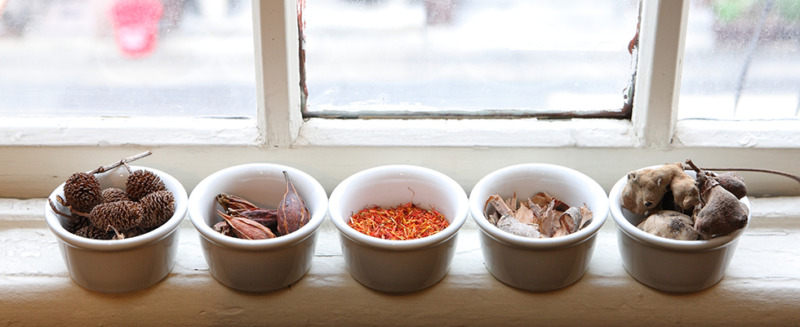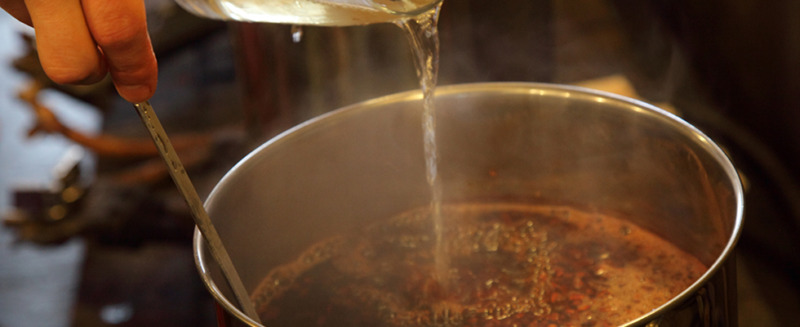tezomeya Blog
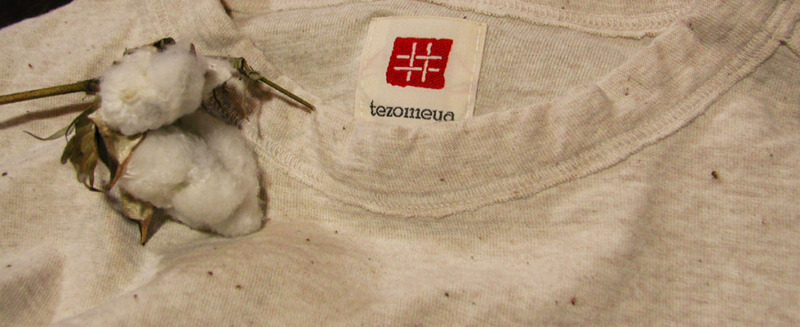
Tezomeya organic cotton
1. What is organic cotton in the first place?
Organic means originally “organic” as you know, but it derives from it and is used for the expression “Organic cultivation”. That is, organic cotton is a cotton material made from only cotton grown in organic cultivation without using pesticides and chemical fertilizers at all.
Of course, there is a more specific rule to be said as organic cotton.
——–
“We call organic cotton, cotton that is not genetically modified, cultivated without using agricultural chemicals and chemical fertilizers in the soil (field) where agricultural chemicals and chemical fertilizers have not been used for almost three years”
——–
It is a general rule that is used almost anywhere, private organizations each set up the certification criteria.
* In more detail, the above definition conforms to the standard that the world standard food-hygiene standard called CODEX standard is used for organic cultivated crops.
“Organic” is a scene that has started to be used in the world of food as you know, and that the world of clothing follows the food industry. </ blockquote>
This organic cotton cultivated without using synthetic fertilizers and agricultural chemicals, various crowns that are “earth friendly to the earth” and “friendly to humans” in the recent environmental boom, but tezomeya attracts attention to organic cotton I regret to say that environmental improvement is not a real thing. It likes the distribution system peculiar to the material wrapped in “label” called “organic cultivation”.Regular cotton for industrial products is used for soaping, degreasing, and bleaching work so that it can be dyed well or as white as possible, until cotton (crescent, harvested cotton) is finished into cloth It is done many times. As a result, unnecessary natural wax (wax) and other impurities are removed for industrial dyeing.
By passing through various processes, celluloses that scrubs impurities, smart cotton with high purity for industrial dyeing is produced, it is dyed in beautiful colors, bleached, and bleached · fluorescent dye is applied to become pure white I will.
2. Organic cotton is a stuffy material?
Organic cotton is dyed with synthetic dyes and is not used much.
Because of the crown “Organic cultivation”, we consider cloth manufacturers and apparel manufacturers to make it as natural as possible as close to the image as possible. In other words, it is not used as a dyeing cotton, because it is used as it is without dyeing (it becomes the color of natural cotton), so it is often not done a persistent washing process.In addition, it seems that manufacturers often look at each process with a mind that “Because chemicals were brought up gently by organic cultivation, chemical chemicals should be refrained”. This seems to be able to do raku at first glance, but in fact it is the reverse.
Current industrial machinery does not work well unless the materials to be loaded are uniformed. It’s a machine to make threads and cloth together. It is easier to handle cotton materials that have stepped down the process of being stamped firmly, or conversely being waxed appropriately or bleached exactly.However, organic cotton which you do not want to dare like that process takes a bit of trouble to put it on the machine. So, the degree of this care depends on the way the maker and the factory think, but it seems that if you are handmade by a highly natural oriented creator, it treats it like “touched swelling” quite a bit.
3. Why does tezomeya use organic cotton? </ strong>
It is a miso that it is hardly processed until it becomes a fabric because of this “organic cultivation” label.
When dyeing with a chemical dye, cotton which gets washable and becomes as beautiful as high cellulose purity as possible gets dyed vividly.On the other hand, natural dyes used by tezomeya are not suitable for dyeing cotton originally. Because natural dye and cellulose are not compatible with each other.
Impurities attached to the original cotton are easier to dye than cellulose, which is the main component. In other words, it has the feature that it is dyed deeper and deeper as cotton with more impurities.
Yes, if the organic cotton material, the manufacturers of each process carefully do not do extra processing, impurities are often left, so it is sticky to dye natural dyes!※ There is a chemical background properly in the discussion around here, but I will omitted here because I will explain it for a long time here.
Please contact us if you are interested. </ blockquote>
It is an important point here, but organic cotton,
“Because it does not use pesticides and chemical fertilizers, it will stain well”
It is not.
“It stains well because there are a lot of impurities compatible with natural dyes” </ strong>
that is how it is!& nbsp;
4. Why purposely the original organic cotton? </ strong>
However, even if it says organic cotton in one mouth, each fabric feeling is quite different.
It depends on how much work has come to be processed until it becomes a dough. And all the processing condition is different depending on the maker’s thought and way of thinking.
When we noticed that “cotton has more impurities left behind”, I looked at some organic cotton items sold in town and dyed it.
And I noticed that the organic cotton clothing and fabrics of the world are made more beautifully than expected, that is, they are made with various processing steps.
And I thought about what I had to do by myself after all to get cotton fabrics with no hands added.The origins of organic cotton fabrics used by tezomeya are as follows.
● Production areas of cotton: USA, India, Turkey, Egypt, Peru etc
● Spinning: Taisho spinning spinning domestically
● Manufacturer: Kanekichi Industry </ blockquote>
I asked Kanekichi Kogyo who is a knitter (place of knitting) organic cotton thread of Taisho spinning which is the biggest producer of domestic organic cotton yarn production, knitted by Kanekichi and purchased it It is the end.
“Well, I do not think it’s normal for that,” but I do not think it’s normal. First of all, there are processes for making some beautiful at the stage of making it into thread. And after knitting, wash with detergent and apply heat as it is in the state of columnar heat Heat set. After making the fabric firmer to a certain extent, say “cutting”, cut the columnar fabric vertically and cut it into a piece of cloth. Then stain from there with a big machine. For that, I will bleach again. After arranging the width and shape of the fabric after dyeing, even if putting scissors in the fabric so that it is easy to sew, soak in the aid so as not to be rounded, heat set it to a certain width, It is a general fabric.Originally these various processes which are hands-on thinking for the subsequent processors and customers, make it hard to enter the eyes of natural dyes unfortunately.
In tezomeya, I want to use the material of Supin which is not processed at all. It is the original organic cotton sheeting material we are using that took 100% of that wish.
And again, as we use organic cotton, we want to attract the color of pure plants well, from the wish that we want you to last as long as possible after reaching you at hand.Of course, if our material choice is totally at a different place and someone else is useful it is also very happy.
Tezomeya will continue to use organic materials for small help to such people.& nbsp;
